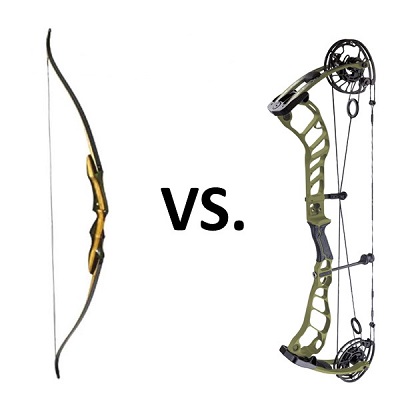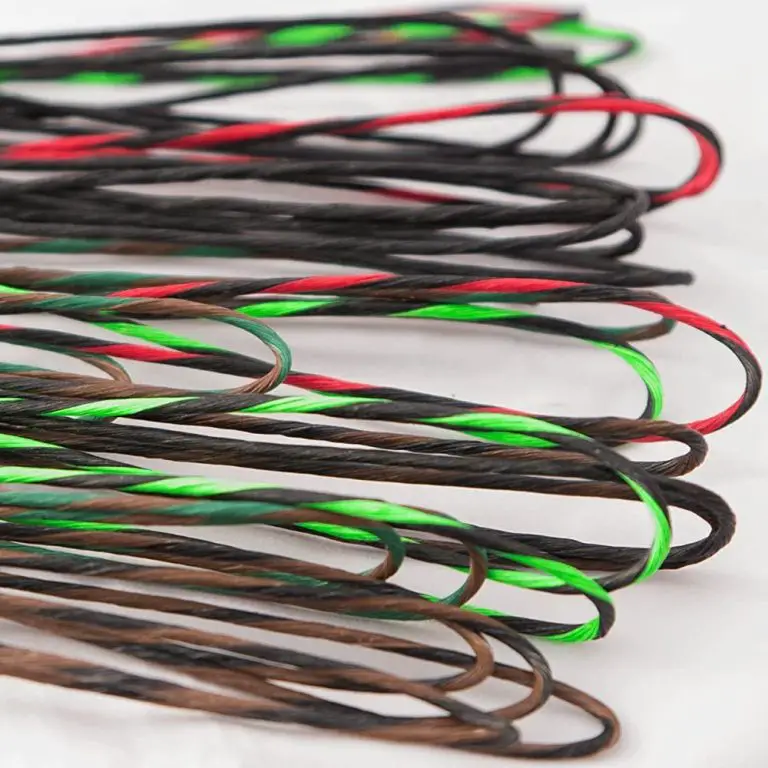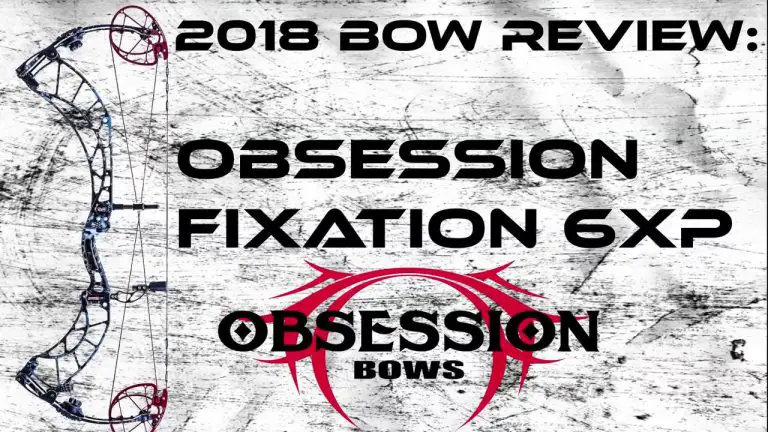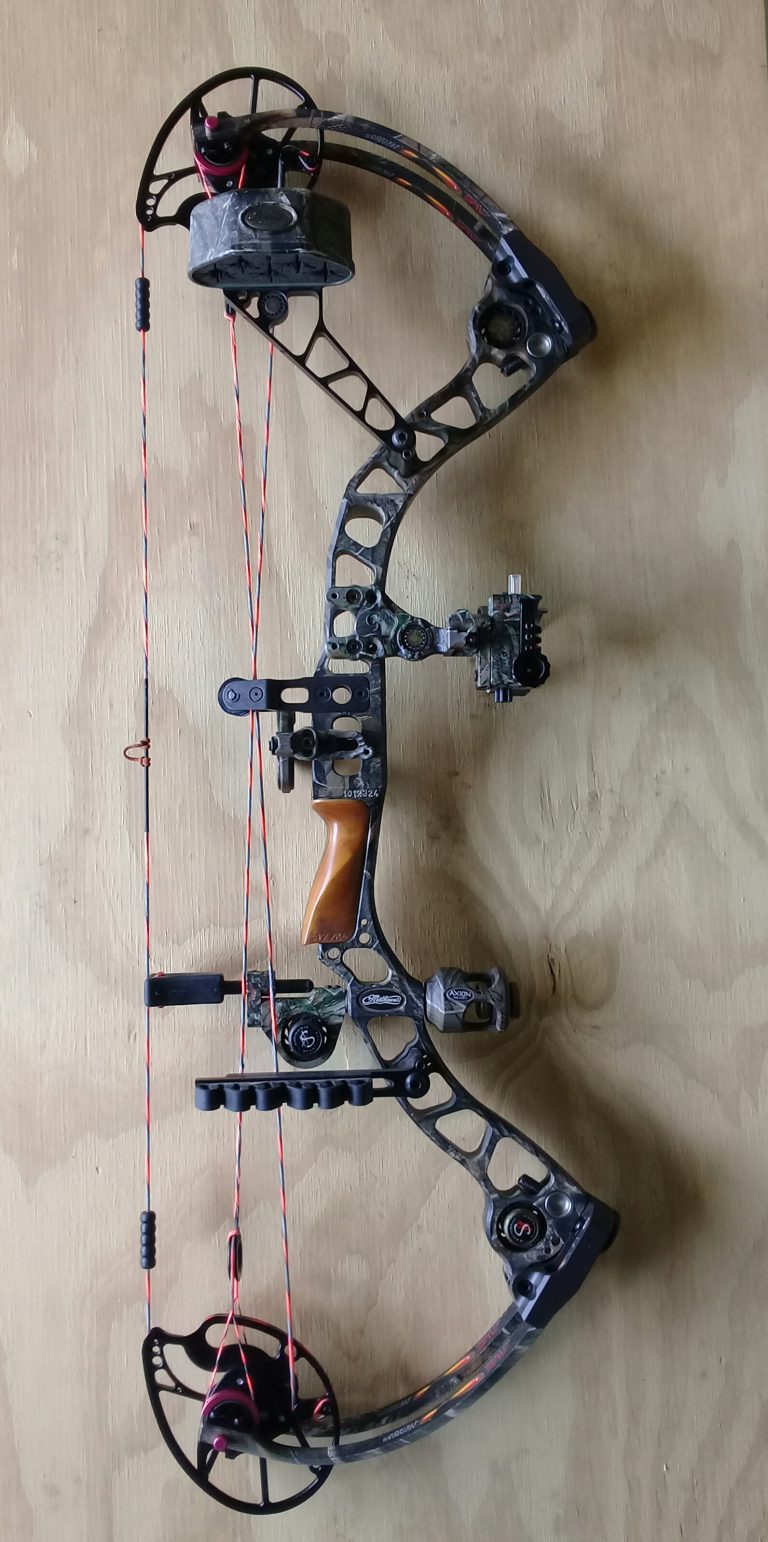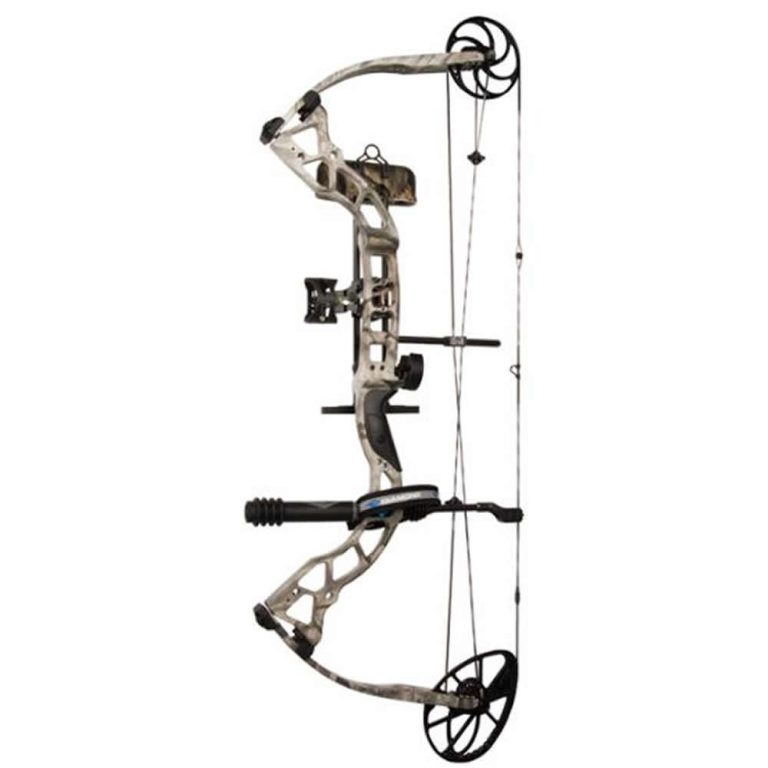Longbow Vs Compound Bow
The world of archery holds a deep-rooted history, and within it, the compound bow stands as a symbol of blending tradition with modern innovation. Offering a fusion of age-old principles and cutting-edge technology, compound bows have become the preferred choice for many archers. With a system of cables, pulleys, and cams, these bows allow for high poundage at full draw and provide advantages like power, speed, accuracy, and adjustability. In this guide, you’ll explore key components, learn how to choose the right compound bow, discover the importance of maintenance and care, and understand the significance of safety. So whether you’re a seasoned archer or new to the craft, the compound bow promises a unique and thrilling experience.
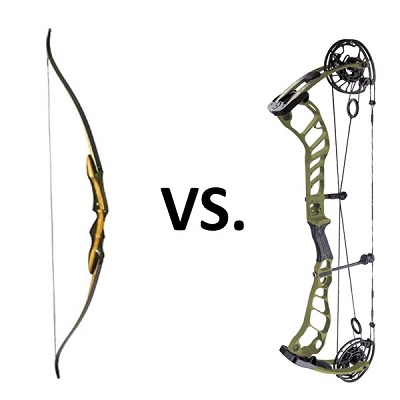
Longbow
Definition and History
The longbow is a traditional bow with a simple design consisting of a single piece of wood that curves away from the archer when unstrung. It has a long history dating back thousands of years and has been used by civilizations all over the world, including the Egyptians, the Greeks, and the English during the Middle Ages. The longbow played a significant role in military history, particularly during the Hundred Years’ War between England and France, where English archers showcased its power and accuracy.
Key Features
The key feature of a longbow is its simplicity. Unlike more modern bow designs, the longbow does not have any intricate mechanisms or accessories. It consists of a single curved piece of wood, often made from yew or ash, with a string attached to both ends. The length of the bow is typically the same as the archer’s height or slightly longer, allowing for a longer draw and greater power.
Advantages
One of the main advantages of the longbow is its power. Due to its longer length and the flexibility of the wood, it can generate a significant amount of energy, allowing for the launching of arrows at high speeds. This makes it effective for hunting and target shooting alike.
Another advantage of the longbow is its simplicity and ease of use. Without any additional components or moving parts, it is straightforward to pick up and start shooting. This makes it accessible to beginners and those who appreciate the traditional archery experience.
Disadvantages
However, the simplicity of the longbow can also be seen as a disadvantage. Without the aid of pulleys or cams, it requires more strength to fully draw and hold at full draw. This can lead to fatigue and a shorter amount of time that an archer can effectively aim before releasing the arrow.
Another disadvantage is the limited adjustability of the longbow. Unlike compound bows, which can be adjusted for draw length and draw weight, the longbow is typically a one-size-fits-all design. This can make it challenging to find a longbow that perfectly suits an individual’s specific needs and preferences.
Choosing the Right Longbow
When choosing a longbow, it is essential to consider factors such as draw weight, length, and material. The draw weight should be comfortable enough for you to draw and hold consistently, while the length should match your body size for optimal performance. The material of the bow can affect its durability, weight, and overall feel, so it’s important to choose one that suits your preferences.
Compound Bow
Definition and History
A compound bow is a modern bow design that incorporates various mechanical components to assist the archer in holding the bow at full draw and achieving higher arrow speeds. It was first patented in the 1960s by Holless Wilbur Allen and has since become the preferred choice for many archers in various disciplines, including hunting and target shooting.
Key Features
The key components of a compound bow include limbs, cams, cables and strings, and the riser. The limbs of a compound bow are stiffer than those of a longbow, providing additional power. The cams, which are oval-shaped devices that rotate as the bow is drawn, control the draw cycle and overall performance of the bow. The cables and strings transfer energy from the cams to the limbs and arrow. The riser is the central part of the bow where accessories like sight and stabilizers are attached.
Advantages
One of the main advantages of a compound bow is its power and speed. The mechanical advantage provided by the cams and the ability to hold the bow at full draw for longer periods allow for the generation of greater kinetic energy and higher arrow speeds. This makes compound bows highly effective for hunting and situations where a flatter trajectory or increased penetration is desired.
Another advantage of compound bows is their compact design. The shorter limb design makes them more maneuverable in tight spaces, such as hunting blinds or dense wooded areas. This can be a significant advantage when hunting game or participating in certain archery competitions.
Disadvantages
However, with these advantages come some disadvantages. The additional mechanical components and design complexity of compound bows can make them more challenging to maintain and repair compared to traditional bows like the longbow. Regular maintenance, including inspections of strings, cables, and cams, is necessary to ensure optimal performance and safety.
Another disadvantage is the higher cost associated with compound bows. The additional components and technological advancements make them more expensive compared to traditional bows. This can be a significant consideration for individuals on a tight budget or those who are just starting in the world of archery.
Choosing the Right Compound Bow
When choosing a compound bow, it is crucial to consider your intended purpose, draw length, draw weight, and let-off. Different compound bows are designed for specific applications, such as big game hunting or target archery, and selecting one that aligns with your goals is essential. The draw length should be adjusted to fit your personal measurements for comfort and accuracy. The draw weight should be manageable for you to pull back consistently without sacrificing proper form. The let-off percentage determines how long you can hold the bow at full draw with reduced effort, and a higher let-off may be beneficial for some archers.
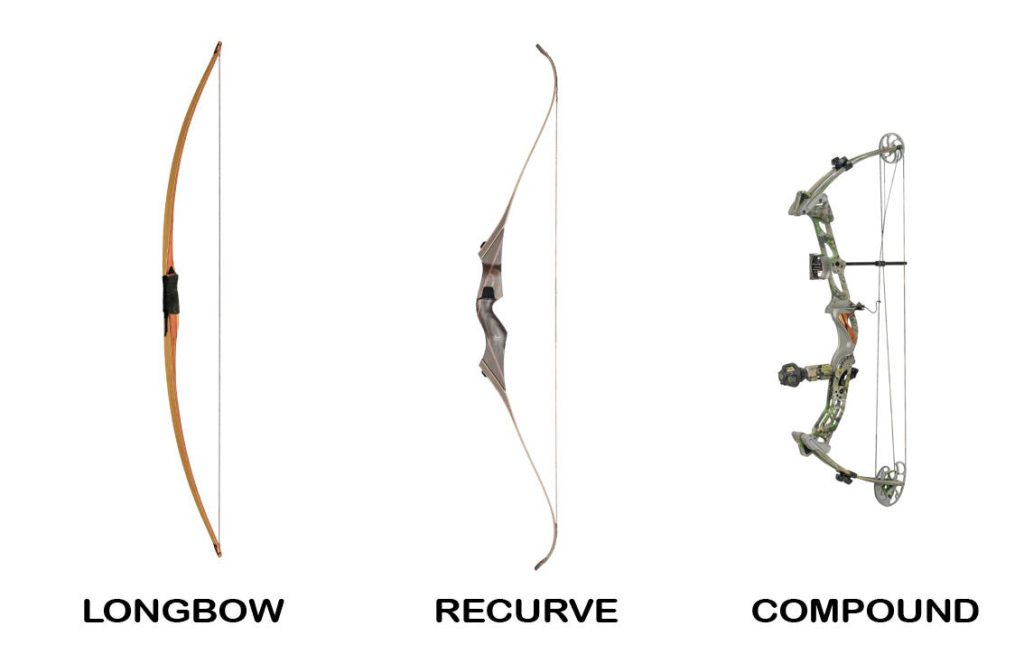
Power
Longbow Power
The longbow is known for its power. With its longer length and the flexibility of the wood, it can generate significant energy when fully drawn. This allows for the launching of arrows at high speeds and with considerable force. The longbow’s power has been demonstrated throughout history in various military campaigns and hunts, making it a formidable weapon.
Compound Bow Power
In terms of power, compound bows excel due to their mechanical design. The combination of the stiffer limbs, cams, and other components allows for the storage and release of a more substantial amount of energy compared to traditional bows. The cams, in particular, play a crucial role in amplifying the power generated by the archer, making compound bows capable of propelling arrows at tremendous speeds.
Accuracy
Longbow Accuracy
Accuracy is dependent on several factors, including the archer’s skill, form, and the bow’s characteristics. When it comes to the longbow, accuracy can be challenging to achieve consistently due to the absence of mechanical aids. The archer’s strength and stability play a significant role in maintaining a steady aim, and the longer draw length can make it more challenging to hold at full draw for an extended period. However, with practice and proper technique, archers can develop a high level of accuracy with a longbow.
Compound Bow Accuracy
Compound bows offer several advantages when it comes to accuracy. The mechanical components, including the cams and the let-off, allow the archer to hold the bow at full draw for a more extended period. This increased stability and reduced effort can lead to improved accuracy, especially during longer shots or in situations where precise aiming is crucial. Additionally, many compound bows come with accessories such as sights and stabilizers that further enhance aiming and overall accuracy.

Range
Longbow Range
The range of a longbow is affected by several factors, including the draw weight, arrow design, and archer’s skill. With its longer draw length and the power it can generate, a longbow is capable of launching arrows at considerable distances. Skilled archers can accurately shoot arrows over long ranges, making the longbow effective in various hunting and shooting scenarios.
Compound Bow Range
Compound bows, with their increased power and arrow speed, offer an advantage when it comes to range. The combination of the mechanical components and the arrow’s velocity allows compound bows to achieve greater distances with more consistent accuracy. This can be particularly beneficial for hunters or archers participating in long-range target shooting competitions.
Ease of Use
Longbow Ease of Use
The longbow’s simplicity and lack of mechanical components make it relatively easy to pick up and use, especially for beginners. The straightforward design allows archers to focus on developing proper form and technique without the distraction of adjusting or maintaining complex systems. However, the physical strength required to fully draw and hold a longbow can be challenging for some individuals, particularly those with limited upper body strength.
Compound Bow Ease of Use
While compound bows may initially appear more complex due to their mechanical components, they offer several advantages that contribute to ease of use. The let-off provided by the cams decreases the amount of strength required to hold the bow at full draw, allowing for more extended periods of aiming. This can be beneficial for archers who may struggle with longbow’s physical demand. Furthermore, the adjustable draw lengths and weights found in many compound bows make them customizable to individual archers, enhancing comfort and ease of use.
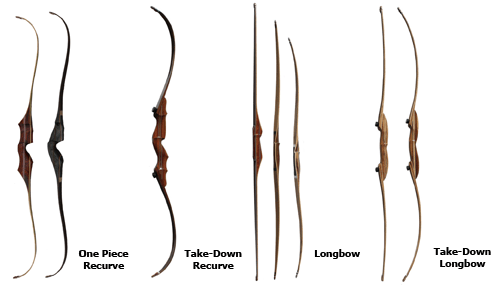
Maintenance & Care
Longbow Maintenance
Maintaining a longbow primarily involves regular inspections for any signs of damage or wear. The wooden limbs should be checked for cracks or splintering, and the string should be inspected for fraying or signs of weakness. Proper storage in a cool, dry place is also essential to prevent any warping or damage to the bow. Applying beeswax or other bow wax to the string can prolong its life and prevent it from drying out and becoming brittle.
Compound Bow Maintenance
Compound bows, with their mechanical components, require more frequent and detailed maintenance. Regular inspections should be conducted, focusing on the cables, strings, cams, and any additional accessories. Any signs of wear, such as frayed strings or loose cams, should be addressed promptly to prevent potential accidents or reduced performance. Lubrication of moving parts and periodic tuning by a professional can help ensure optimal performance and safety.
Aesthetics and Tradition
Longbow Aesthetics
The longbow carries a strong sense of tradition and heritage. Its simple and elegant design, often crafted from natural materials like wood, evokes a connection to archery’s historical roots. The smooth curves and natural grain patterns of a well-made longbow can be visually appealing and captivating. For archers who appreciate the beauty of traditional bows, the longbow offers a timeless aesthetic.
Compound Bow Aesthetics
In contrast to the traditional elegance of the longbow, compound bows showcase modern design and technological innovations. The materials used, such as aluminum or carbon, contribute to a sleek and futuristic appearance. While some archers may prefer the minimalist beauty of the longbow, others are drawn to the unique aesthetic of compound bows, which reflect the fusion of tradition and innovation in archery.
Cost
Longbow Cost
One advantage of traditional longbows is their affordability. With their simpler construction and fewer mechanical components, longbows can be more budget-friendly compared to compound bows. This accessibility makes them an attractive option for beginners or archers on a limited budget. Additionally, longbows require less maintenance and fewer accessories, further reducing costs in the long run.
Compound Bow Cost
Compound bows, with their additional components and technological advancements, tend to be more expensive compared to longbows. The higher cost is due to the materials used, the precision manufacturing required for the cams and other mechanical parts, and the additional accessories often used with compound bows. However, investing in a well-made compound bow can provide archers with enhanced performance and customization options, justifying the higher price tag for many enthusiasts.
Hunting and Archery Applications
Longbow Applications
The longbow has a long history of being used for hunting and warfare. Its power and accuracy have made it a reliable weapon for hunters pursuing various game, from deer to elk. The longbow also holds a place in traditional archery competitions, where archers showcase their skills with this iconic weapon. Additionally, the longbow’s simplicity and connection to historical archery techniques appeal to archers who value the heritage and tradition associated with the sport.
Compound Bow Applications
Compound bows have become the go-to choice for many hunters due to their power, speed, and versatility. The mechanical advantages offered by compound bows, such as increased arrow speed and reduced holding weight, make them highly effective for hunting large game. The adjustable draw weights and lengths allow for customization based on the target species and hunter’s preferences. Compound bows are also popular in modern archery competitions, where the speed and accuracy they offer are highly valued.
In conclusion, both the longbow and the compound bow have their unique characteristics and advantages. The longbow represents tradition, simplicity, and a connection to archery’s historical roots. It offers power and a sense of challenge that appeals to many archers. On the other hand, the compound bow combines modern technology and mechanical advancements to provide enhanced power, speed, and accuracy. It is a versatile tool suitable for various hunting and archery applications. Ultimately, the choice between the longbow and the compound bow comes down to personal preference, shooting style, and intended use. Whether you gravitate towards the timeless elegance of the longbow or the cutting-edge performance of the compound bow, both offer a thrilling and rewarding archery experience.

